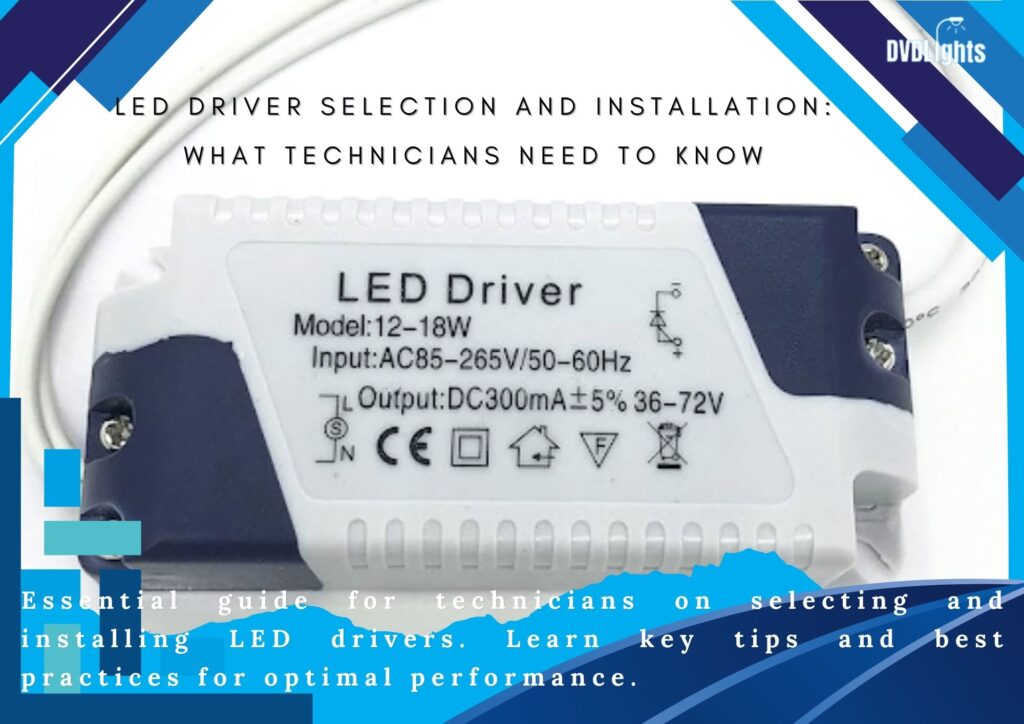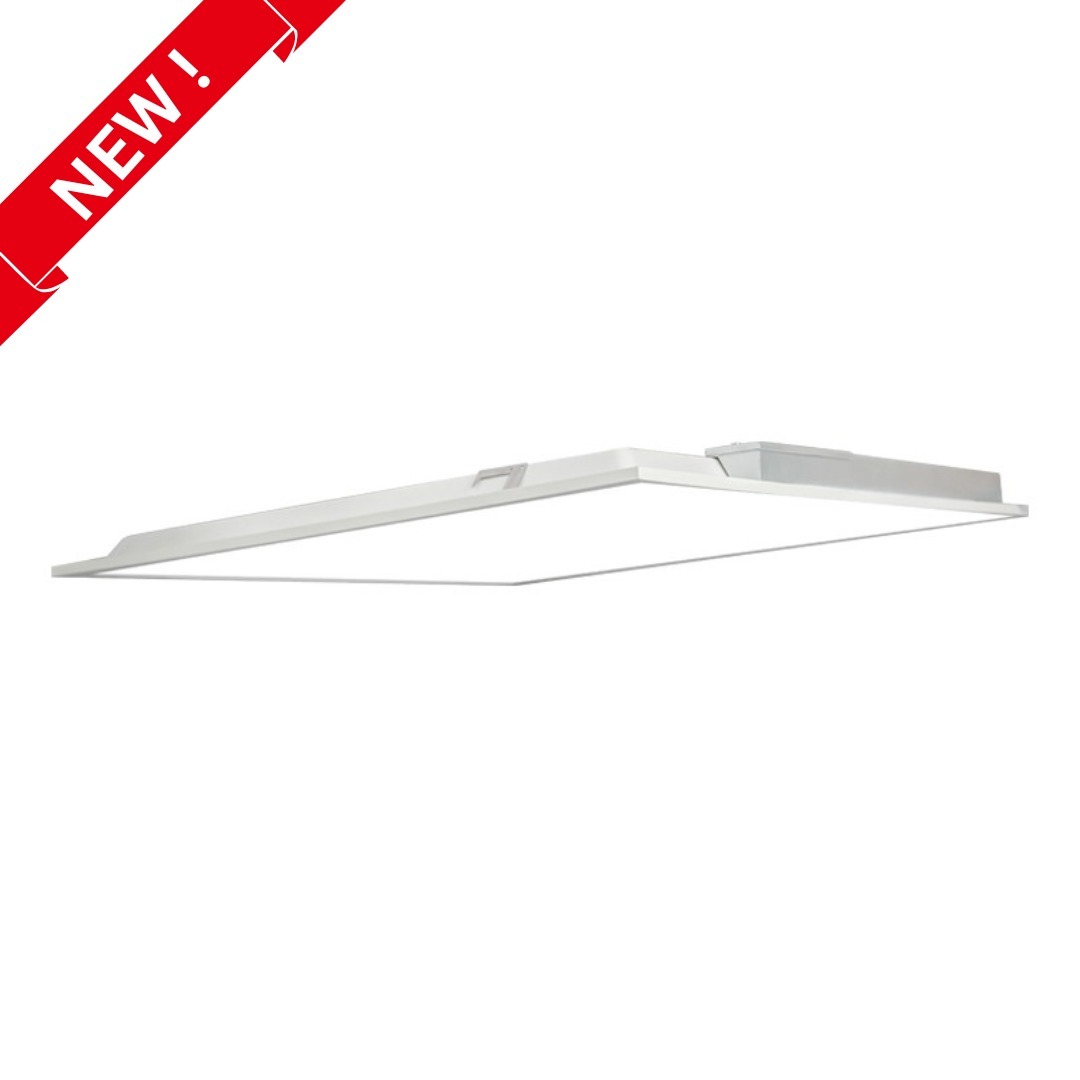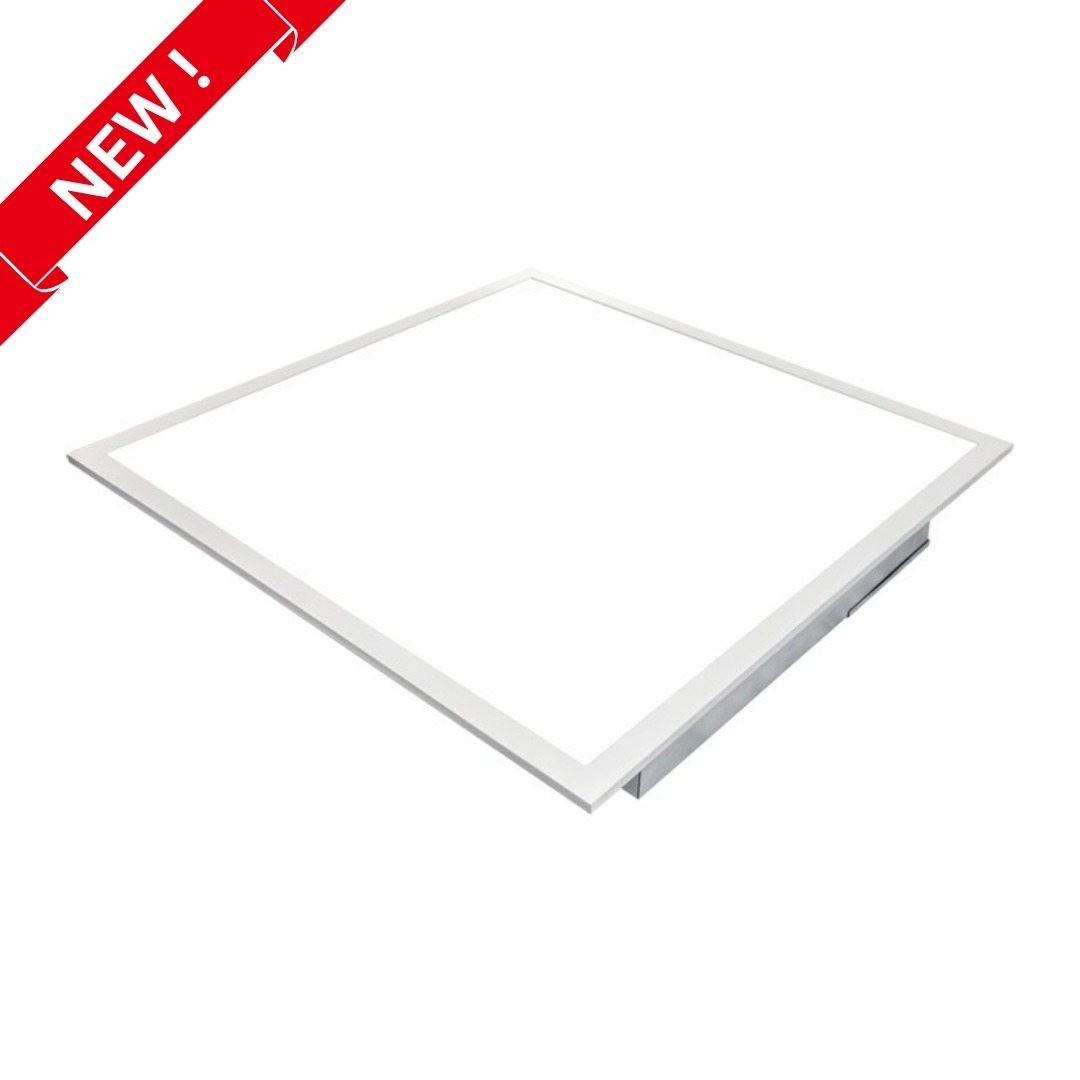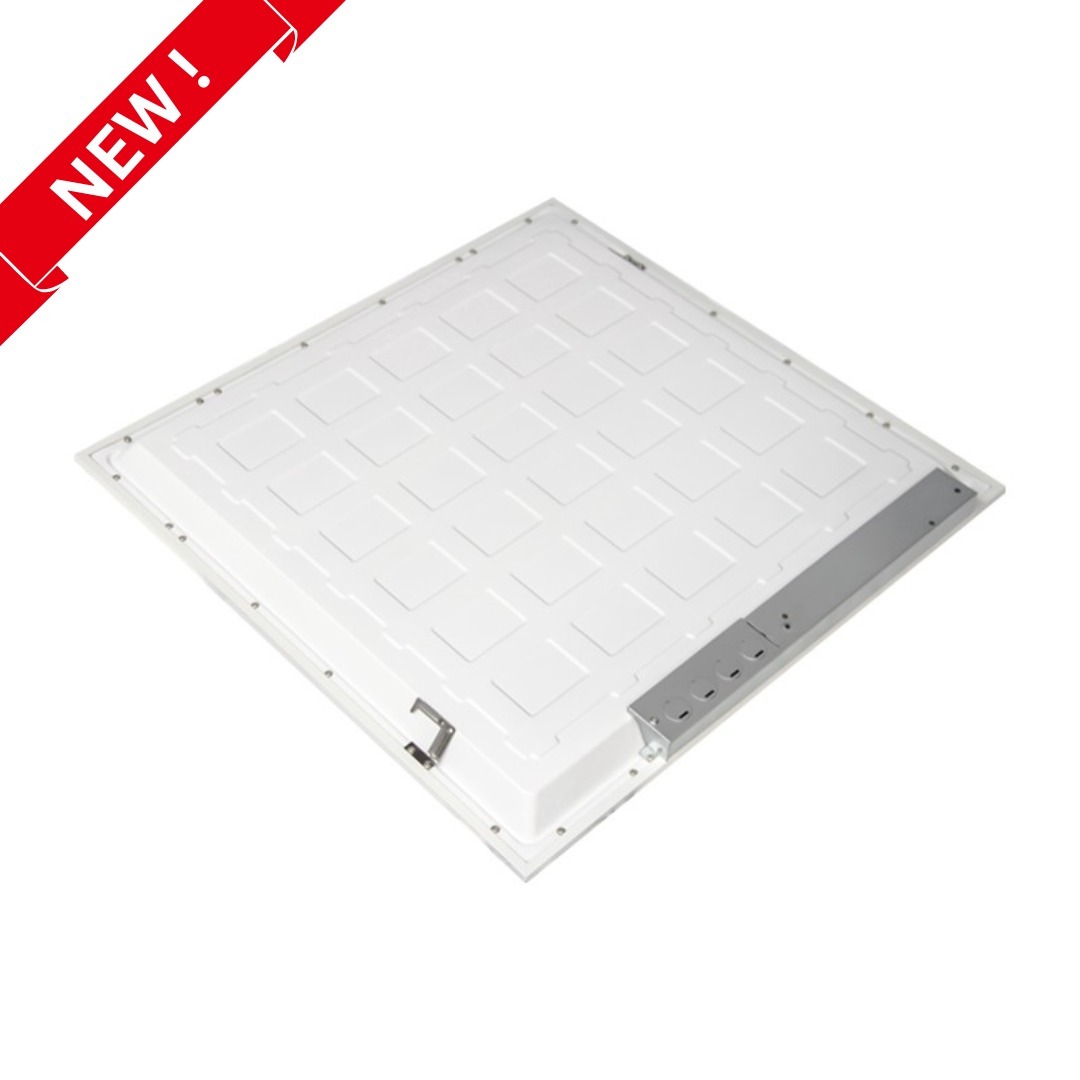With continuous development in lighting technology, the LED technology turned out to be a benchmark on low energy consumption and long-lasting lighting. Any LED light really has at its heart this key constituent: an LED driver that will make the necessary conversion of high voltage AC power to low voltage DC power required by the LEDs. Proper selection and installation of the correct LED driver are important to assure an LED system’s optimal performance, life span, and safety. This guide is written to empower any technician to understand the selection and installation process of LED drivers.
Understanding LED Drivers
An LED driver performs three primary functions:
- Existing Regulation: The LEDs have a critical requirement of constant current. In contrast to incandescent lamps, which have an exceptionally wide tolerance to variations in currents, LEDs are quite sensitive to them. If the current is too high beyond any maximum rating of an LED, it can result in immediate damage or appreciably reduce its life. It is this constant current which the driver maintains, keeping the LEDs operating within safe limits at all times.
- Voltage Conversion: LED drivers convert high-voltage AC power supplied through the mains to low-voltage DC power required by the LED. Most domestic and commercial power supplies deliver at approximately 120V or 240V of AC power. The most important point is that the operation of LEDs is based on much lower voltage DCs. The driver sees to it that the correct voltage reaches the LEDs and avoids over-voltage damage, ensuring efficient operation.
- The protection: Given by drivers is against electrical anomalies such as voltage spikes, which may be triggered by many aspects such as a lightning strike or a drastic change in the power supply. Drivers are meant to be important in protecting the LED system from damage and ensuring a long life. In the absence of a proper driver, the LEDs are susceptible to these anomalies, making them fail and need frequent replacements, which can be expensive.
Photo by ph.rs-online
Types of LED Drivers
The main classification for LED drivers is between constant current drivers and constant voltage drivers. It helps a lot to know the difference when determining the proper driver to use for a given application.
- Constant Current Drivers:
- Design and Function: Such drivers are designed to provide a constant current to the LEDs, while the voltage can vary within a specified range. This is very important in ensuring that the current supplied to the LEDs is constant. This is very vital in ensuring uniform brightness without causing any damage.
- Application: Constant current drivers find wide applications in those lighting applications where the LEDs are connected in series. As a matter of fact, when series-connected, the same current flows through each LED, and hence a constant current driver will be optimal for such an application.
- Specifications: They are specified by the current they supply, like 350milli amperes, 700milli amperes, etc. The proper current rating would depend on the requirement of the LED for maximum performance and life.
- Constant Voltage Drivers:
- Design and Function: These drivers are designed to provide a constant voltage across the LED while allowing the current to vary. This will be right for applications where the LEDs are designed to work at a specified voltage.
- Application: Constant voltage drivers are mostly used in places with parallel connections of LEDs. In a parallel connection, the voltage across each LED is the same; hence, a constant voltage driver will be the apt choice.
- Specifications: They are specified by the voltage they are going to provide, like 12V, 24V, etc. The voltage rating on the driver should correspond to the requirement of the LED system to avoid over-voltage and under-voltage issues.
Key Considerations for Selecting an LED Driver
Selecting the right LED driver involves understanding various technical and environmental factors. Here are some key considerations:
- Electrical Requirements:
- Input Voltage: Ensure that the input voltage of the driver is supplied correctly in accordance with the supply voltages. That is to say, if it is a 120-volt AC power supply, then the driver should be compliable with that particular voltage.
- Output Voltage and Current: Match the output specifications of the driver according to what the LEDs demand. The voltage and current ratings for LEDs are so designed to be well within the supply limits of the driver.
- Power Rating: The power rating in watts of the driver should be about 10-20% more than the total wattage capacity of the LEDs it is driving, to leave some room for power surges and loading and to ensure effectiveness in the driver running manner.
Photo from amazo
2. Dimming Capabilities:
Decide whether or not it should dim and then select a driver that suits a preset dimming scheme: Dimming may be assessed as a means of optimizing functionality and ambiance for LED. However, it necessitates the use of a driver that meets the desired protocol for the dimming system, such as TRIAC, 0-10V, or DALI.
3. Environmental Conditions:
Temperature Range: Make sure that the driver will operate within the environmental temperature range at the installation site. Temperature extremes may severely impact the driver’s performance and lifespan.
Ingress Protection Rating: Select a driver that provides the correct IP rating for its environment. For example, to protect drivers from ingress in outdoor installations or in places exposed to moisture and dust, a higher IP rating, such as IP65, may be necessary.
4. Form Factor and Installation:
Consider the space and mounting options; the driver shall fit within it. The driver shall be easy to install and maintain; there shall be adequate spacing for ventilation to prevent overheating.
Certifications and Standards:
Look for drivers that have met relevant safety and performance standards, such as UL, CE, or FCC. The existence of such certification means that a driver has undergone testing for specified safety and performance criteria, thus giving users assurance of its quality and reliability. EndsMatchers
Tips and Awareness regarding the Selection of LED Drivers
Understand the Load Requirements:
The total load that the driver will have to support must be well-calculated. This shall include the number of LEDs involved and their consequent power consumption. If the load is too much for the driver, it can cause overheating and subsequently reduce its lifespan, thus making the LEDs fall untimely.
Check that the driver works with the different types of LEDs:
Different LEDs have different electrical requirements. Be sure to select drivers that will work with the type of LED used, whether high-power LEDs, COB LEDs, or strip LEDs. Otherwise, mismatched drivers may be inefficient or damaging.
Photo by hardwarecity
- Assess Long-Term Reliability:
- Select drivers from quality, reliable manufacturers. Poor quality drivers can result in early failure and problems within the LED system, thus increasing maintenance costs and causing downtime.
- Factor in Efficiency:
- High-efficiency drivers convert more power into light and less into heat, thus increasing the overall energy efficiency of the LED system. Look for high-power factor and low total harmonic distortion in drivers for efficient operations that will bring down energy costs.
- Consider Future Upgrades:
- In case you desire to increase the load or upgrade the lighting system at a later stage in the future, select drivers that will grant flexibility in load and output specifications. This will also ensure that additional LEDs can be added without replacing the driver.
- Assess Dimming Needs:
- Not all drivers support dimming; some may have specific requirements for applications. If your application includes dimming, you need to ensure that the driver supports a required type of dimming protocol and functions properly without flickering. Dimming can further improve energy saving and provide better control over lighting levels.
- Temperature Management:
- Drivers generate heat during their operation. Ensure that the environment in which it is installed provides sufficient cooling and ventilation to prevent overheating. If it gets too hot due to poor cooling and airflow, this may reduce its lifespan and efficiency, which can lead to its early failure.
- Ingress Protection Rating:
- While installing them outdoors or in harsh environments, choose drivers with appropriate IP ratings for protection against dust and moisture ingress to ensure driver durability and long-term viability of use under tough conditions.
- Safety Certification:
- Ensure that the driver is certified for your region, with certifications such as UL, CE, FCC. Compliance with these standards indicates that a driver meets the minimum requirements to operate safely and not experience failures.
- Serviceability:
- Consider the ease of access to a driver when it needs servicing or replacement. Drivers installed in locations inaccessible may cause difficulty during maintenance, thus adding to your down-time and labor costs.
Troubleshooting Common Issues
No Light on LED:
Check if the power supply is on. Check all connections, and connect the driver correctly. I call it a loose connection or a wrong connection. LED light will not come if it does not get power.
LED flashes:
Make sure the driver is compatible with the LED requirements. Fluctuating power supply or a bad driver can cause a flickering LED. You need to make sure that you have all the connections securely placed, all the nuts are duly fastened and a proper power supply is there. Since the correct current doesn’t flow through them, the light color there can go out.
Overheating Driver:
Check that the driver is loaded within its range of values. This malady may be caused by loading the driver outside its rated available capacity. Make sure that the system has clearance and ventilation to allow for cooling.
Dimming Issues:
Be sure that your chosen driver has dimming capability and that it is compatible with your preferred dimming control. This may be an indication that the driver being used is not compatible with your dimmer switch and vice versa. Verify that the dimmer switch – the one you want – is compatible with the driver and that it is wired and installed right.
Reduced LED Lifespan:
If you have tried everything else, make sure that the current and voltage settings of your driver will suit the LEDs that you are running. This is falsely marking the beginning of an LED’s life span. Keep the LEDs COOL and ensure that you are paying them every loss.
Photo by mpja
FAQs
1. What is the difference between a constant current and a constant voltage LED driver?
A constant current driver supplies a fixed current to the LEDs, suitable for series connections, while a constant voltage driver provides a fixed voltage, ideal for parallel connections. Understanding this difference is crucial for selecting the right driver for your specific LED application.
2. How do I choose the right power rating for an LED driver?
Choose an LED driver with a power rating (in watts) that is at least 10-20% higher than the total wattage of the LEDs it will power to ensure optimal performance and longevity. This buffer accounts for potential power surges and ensures the driver operates efficiently without being overloaded.
3. Can I use any LED driver with any LED light?
No, the LED driver must match the electrical requirements (current, voltage, and power) of the LED lights to ensure safe and efficient operation. Using an incompatible driver can lead to inefficiency, damage, and reduced lifespan of the LEDs.
4. What are the common dimming methods for LED drivers?
Common dimming methods include TRIAC (leading-edge), 0-10V, and DALI (Digital Addressable Lighting Interface), each with specific compatibility requirements for drivers and dimmers. Ensure the driver supports the desired dimming protocol and check for smooth dimming performance without flickering.
5. How can I prevent my LED driver from overheating?
Ensure the driver is installed in a well-ventilated area, operates within the specified load range, and is free from obstructions that could impede airflow. Proper heat management and ventilation are crucial for preventing overheating and ensuring the driver’s longevity.
Conclusion
Choosing the right LED driver and its correct installation are vital for peak light performance and delivery on their operational life. The technician will need to pick drivers according to electrical requirements, environmental conditions, and compatibility factors of the system. Best practices in the installation and maintenance phase will prevent common problems from happening and make the LED system work both effectively and safely. Knowledge of the intricacies of an LED driver enables a technician to provide reliable, high-quality lighting solutions across a broad spectrum of applications.




















